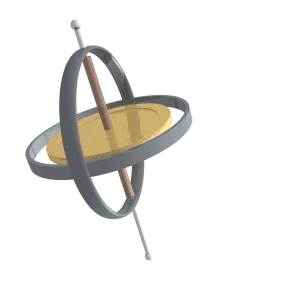There's a rod in free space (there's no other torques that contributes on rotating it). A torque is exerted on an axis such that the rod rolls (rotating about the principle axis parallel to the rod). While it's rolling, another torque is briefly applied to it to make it rotate on the other principle axis. What's going to happen in the subsequent motion?
My intuitive guess is that it will continue to roll and rotate along the other principle axis, but it doesn't seem to be the case since it implies that the angular momentum changes (and it's supposed to be conserved because there's no other torques exerted).

